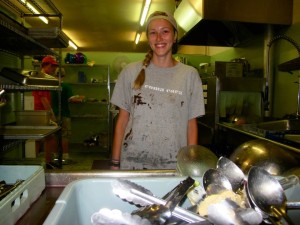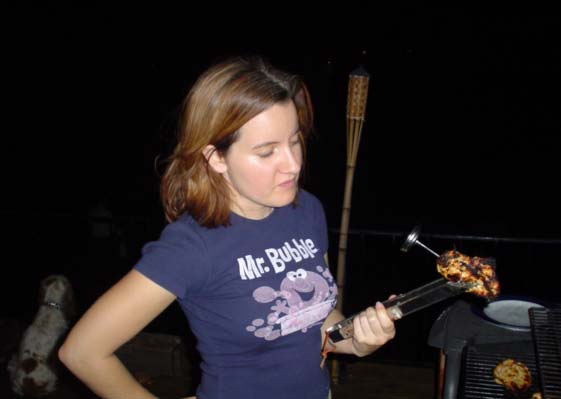According to the U.S. Centers for Disease Control there are at least 350 languages spoken in U.S. homes (2009-2013 data).
 People who have limited English proficiency can be found in all 50 states (2014 data).
People who have limited English proficiency can be found in all 50 states (2014 data).
About 65,00 people in the U.S. who have limited English proficiency speak Navajo or another native North American Language (2009-2013 data).
| Effective communication during an emergency can sometimes mean the difference between life and death. This is true whether communicating with those whose primary language is English or with people who have limited English proficiency. People who are limited English proficient (LEP) are those who “do not speak English as their primary language and who have a limited ability to read, speak, write, or understand English” (https://www.lep.gov/faqs/faqs.html#OneQ1). |
People who are LEP can be found throughout the United States and when it comes to planning for, responding to, and recovering from disasters, considering their needs can help ensure a better emergency response. Below are some tips from our colleagues at the U.S. Department of Justice (DOJ) for reaching LEP communities in emergency preparedness, response, and recovery.
Establish policies and procedures that include language access in your emergency plan.
Identify the language groups in your area.
Ensure LEP individuals can access your programs and services.
Conduct outreach efforts.
Include LEP individuals and language access issues in training,
Provide notifications, warnings, and other information in the languages of the affected communities.
Plan for language access needs as part of survivor care.
Do not rely upon children as interpreters and translators.
For more information on how to carry out these recommendations and where to find tools to help take action, see Tips and Tools for Reaching Limited English Proficient Communities in Emergency Preparedness, Response, and Recovery.



.jpg) microbial food safety hazards for fresh fruits and vegetables.” It and other documents are available in the foreign language versions on a special page on the agency’s website:www.FDA.gov/translations.
microbial food safety hazards for fresh fruits and vegetables.” It and other documents are available in the foreign language versions on a special page on the agency’s website:www.FDA.gov/translations. French prof.
French prof..jpg) household where a language other than English (LOTE) was spoken was the primary risk factor associated with listeriosis.
household where a language other than English (LOTE) was spoken was the primary risk factor associated with listeriosis..jpg) In Dubai, more than 60 per cent of food workers in the capital who took hygiene training courses last year failed them
In Dubai, more than 60 per cent of food workers in the capital who took hygiene training courses last year failed them Whether it’s a recall, an inspection report or a warning label, not everyone who eats in the U.S. is fluent in English. That’s why our
Whether it’s a recall, an inspection report or a warning label, not everyone who eats in the U.S. is fluent in English. That’s why our 


 On Friday, for the second year now, Amy hosted the Modern Languages departmental end-of-semester soiree, where all the language professors get together in a Tower of Babel sorta thing. Good fun, good food. And in a food porn moment, Katie made language-based cupcakes. What’s your favorite?
On Friday, for the second year now, Amy hosted the Modern Languages departmental end-of-semester soiree, where all the language professors get together in a Tower of Babel sorta thing. Good fun, good food. And in a food porn moment, Katie made language-based cupcakes. What’s your favorite?
 The intersections of food safety, language and culture are ripe for study. And action. The U.S. Department of Agriculture, yesterday launched a
The intersections of food safety, language and culture are ripe for study. And action. The U.S. Department of Agriculture, yesterday launched a  After seeing some food-safety problems at Fiesta Time, a new Mexican restaurant in Clintonville, a city inspector realized he was facing a language barrier, came back to the office and talked to co-worker Vince Fasone.
After seeing some food-safety problems at Fiesta Time, a new Mexican restaurant in Clintonville, a city inspector realized he was facing a language barrier, came back to the office and talked to co-worker Vince Fasone.